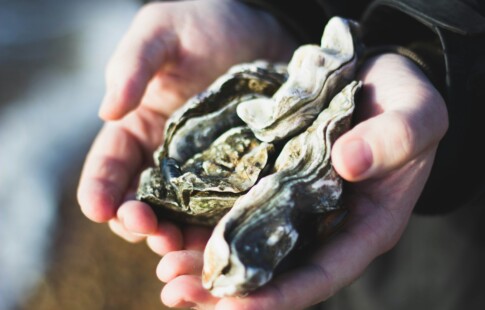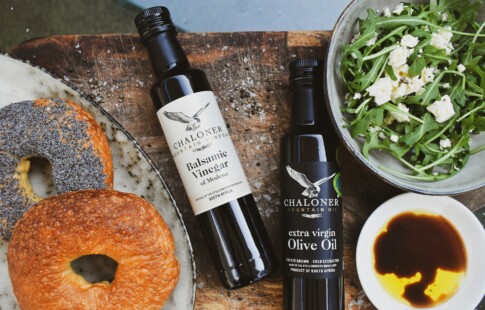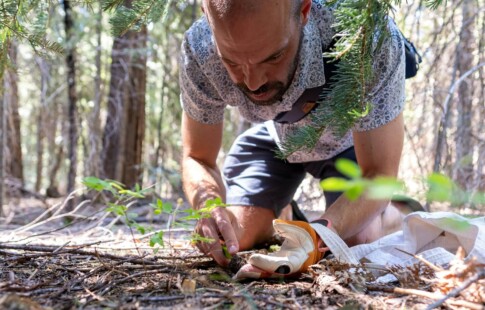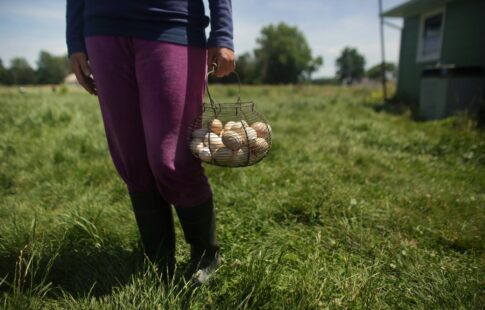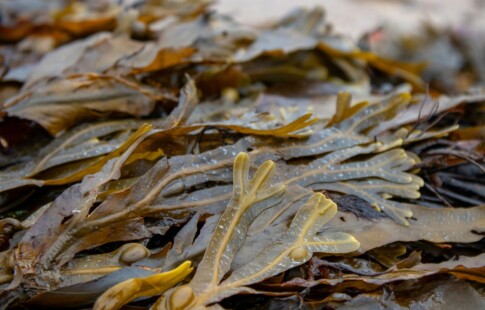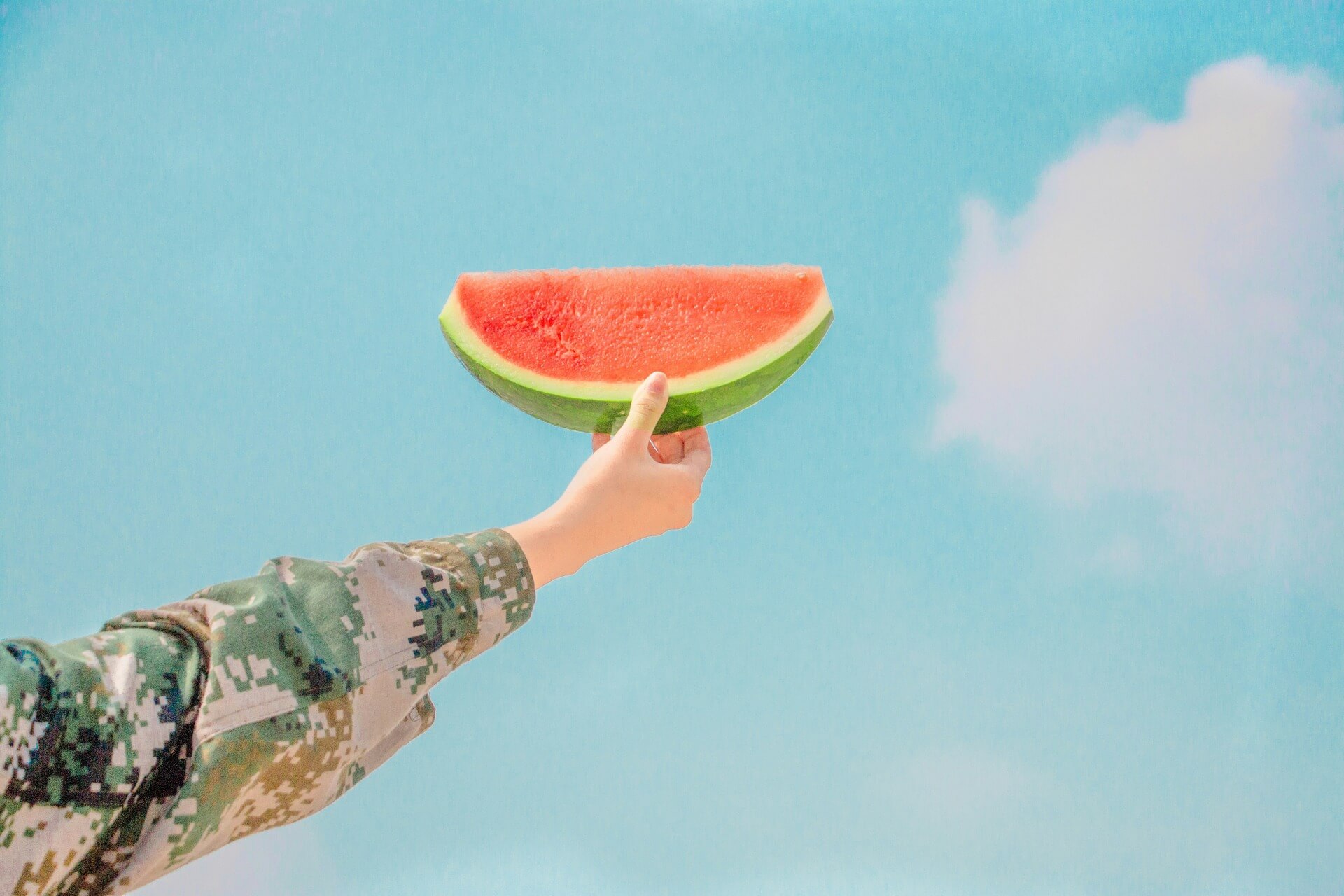
5 Fruits You’d Never Guess Were Human-Made
We are reader-supported. When you buy through links on our site, we may earn affiliate commission.
Fruits are often seen as nature’s sweet and nutritious gifts to humanity, offering a wide range of flavors, colors, and textures. But not all fruits come from the wild or ancient orchards of our ancestors. Some of the most popular fruits consumed today have been meticulously crafted through human intervention. Whether through hybridization, genetic manipulation, or selective breeding, the man-made fruit is far removed from its natural counterparts. What may seem like nature’s bounty at first glance is actually the result of scientific experimentation and agricultural innovation.
1. The Tangelo
The tangelo is a hybrid fruit resulting from crossing a tangerine and a pomelo or grapefruit. This citrus fruit has gained popularity due to its tangy, sweet flavor and easy-to-peel skin. It’s also often seedless, which adds to its appeal as a convenient snack.
The tangelo was first developed in Florida and Southern California in 1897. Researchers experimented with hybridizing citrus fruits to create a fruit that combined the best traits of both tangerines and pomelos — specifically, the sweetness and juiciness of the tangerine with the size and acidity of the pomelo. As a result, the tangelo became one of the many hybrid fruits bred to satisfy consumer demand for sweeter, larger, and more convenient options.
While the tangelo might appear to be a naturally occurring fruit, it is, in fact, a product of human intervention. It exemplifies the growing trend of breeding hybrid fruits to meet specific consumer preferences and environmental needs.
2. The Seedless Watermelon
Watermelon — with its juicy red flesh and refreshing taste — is an easy-to-grow crop and a summertime favorite. However, the watermelon that most people are familiar with today — the seedless variety — is far from what nature originally intended. Seedless watermelons are the product of careful human intervention, specifically a process known as “triploidy.” This technique involves manipulating the chromosomes of watermelon plants to create a fruit that lacks seeds, making it easier to eat.
In nature, watermelons produce seeds, but humans sought a seedless alternative to make the fruit more convenient for consumers. The first seedless watermelon was developed in the 1930s, but it wasn’t until 1990 that it was introduced to the U.S. market. These watermelons resulted from crossbreeding different species of watermelon, creating the seedless variety that is now the most commonly sold watermelon in grocery stores.
The development of seedless watermelons showcases how agriculture can evolve to meet consumer demand, particularly for convenience and ease of consumption. Today, seedless watermelon remains a prime example of human ingenuity in transforming natural crops.
3. The Broccoli Pear (Also Known as the ‘Pineberry’)
The broccoli pear — also known as the “pineberry” — is a curious hybrid fruit that combines the characteristics of broccoli and pears, resulting in a savory-sweet flavor. While the name may sound almost comical, it demonstrates how human intervention in fruit breeding can yield unexpected and complex results.
This fruit has been selectively bred over several generations to enhance specific traits, such as taste, appearance, and yield. Through hybridization, botanists have created a fruit that resembles a pear in appearance but offers a unique flavor profile that combines both broccoli and sweet pear notes.
Although not commonly found in mainstream supermarkets, the broccoli pear represents the innovative potential of hybrid fruit breeding. It is one of many examples of how hybrid fruits can offer novel flavors while maintaining familiar fruits’ original appeal.
4. The Navel Orange
Navel oranges are among the most popular citrus fruits today, known for their sweetness, easy-to-peel skin, and seedless nature. However, this variety didn’t exist in nature until human intervention brought it to life.
In the 19th century, a naturally occurring seedless orange was discovered in Bahia, Brazil. Recognizing its potential, an American missionary sent cuttings to Washington, D.C., where agricultural experts promoted its cultivation. This variety became known as the Washington navel, which was then propagated and spread worldwide and later gave rise to mutations like the Leng navel.
Since these oranges are seedless, they can only be propagated through grafting, ensuring that each new tree is a clone of the original. The high mutation rate of navel oranges has resulted in the development of various clonal selections over time.
Navel oranges testify to how natural mutations can lead to fruits that meet consumer preferences, in this case, seedless and easier to eat. The propagation of such varieties highlights humanity’s long-standing interest in enhancing the quality and accessibility of food.
5. The Cosmic Crisp Apple
Apple varieties have been around for centuries, but recent innovations in apple breeding have produced new and unique varieties, such as the Cosmic Crisp apple. This variety was created using traditional breeding methods but combines advanced scientific research to create a fruit with an incredibly unique flavor and texture.
Developed by Washington State University, the Cosmic Crisp apple was bred for its excellent storage capabilities, crisp texture, and balanced sweetness. The result of cross-pollination between the Honeycrisp and Enterprise apple varieties, the Cosmic Crisp is an example of how modern breeding practices have led to the development of fruits with specific characteristics, such as enhanced flavor and longer shelf life.
The Cosmic Crisp apple demonstrates how fruit breeding has evolved beyond mere taste to include factors like shelf life and resistance to environmental challenges. Its development is a result of human ingenuity and scientific advancement, showcasing the continued evolution of fruit cultivation.
Why Man-Made Fruit Matters
Creating a man-made fruit goes beyond improving taste, texture, or convenience. These innovations often arise from the need to address challenges modern agriculture faces, such as climate change, pest control, and food security.
For instance, seedless fruits like watermelons and navel oranges reduce the need for genetic modification while offering consumers practical advantages. Similarly, hybrids like tangelos and Cosmic Crisp apples can be bred to withstand harsher environmental conditions, ensuring that farmers can still grow high-yield crops even under challenging climates.
However, the cultivation of these fruits is not without its ethical considerations. Hybridization, selective breeding, and genetic modification can have unintended environmental consequences.
For example, the widespread use of certain seedless fruit varieties can reduce biodiversity, while some hybrid fruits may not be as well-suited to their natural environment as their wild ancestors. These factors could lead to long-term challenges for both farmers and the environment.
The development of a man-made fruit reflects humanity’s ongoing relationship with nature. As science and technology progress, the ability to shape the foods consumed continues to evolve. It is essential to ensure that these developments are sustainable, ethical, and beneficial to both human health and the environment.
The Future of the Man-Made Fruit
From seedless watermelons to tangelos, the world of the man-made fruit is diverse and innovative. These fruits may seem like natural occurrences, but their creation is the result of human ingenuity and careful intervention. As agricultural science continues to advance, the development of new fruit varieties will likely become more common, driven by both consumer demand and environmental considerations.
While these innovations offer exciting possibilities, balancing them with sustainability and ethical practices is essential to ensure that future generations can continue to enjoy healthy, diverse, and accessible fruits. Today’s fruits are the result of years of human innovation, and they pave the way for a future that could see even more surprising creations.
Share on
Like what you read? Join other Environment.co readers!
Get the latest updates on our planet by subscribing to the Environment.co newsletter!
About the author
Grace Waters
Always inspired by the natural world around her, Grace grew up exploring tide pools and hiking mountain trails, developing a deep appreciation for biodiversity and conservation. Now, Grace works as the Senior Editor of Environment.co where she covers topics related to emerging clean technologies, zero-waste initiatives, and the intersection of environmental policy and everyday living.
